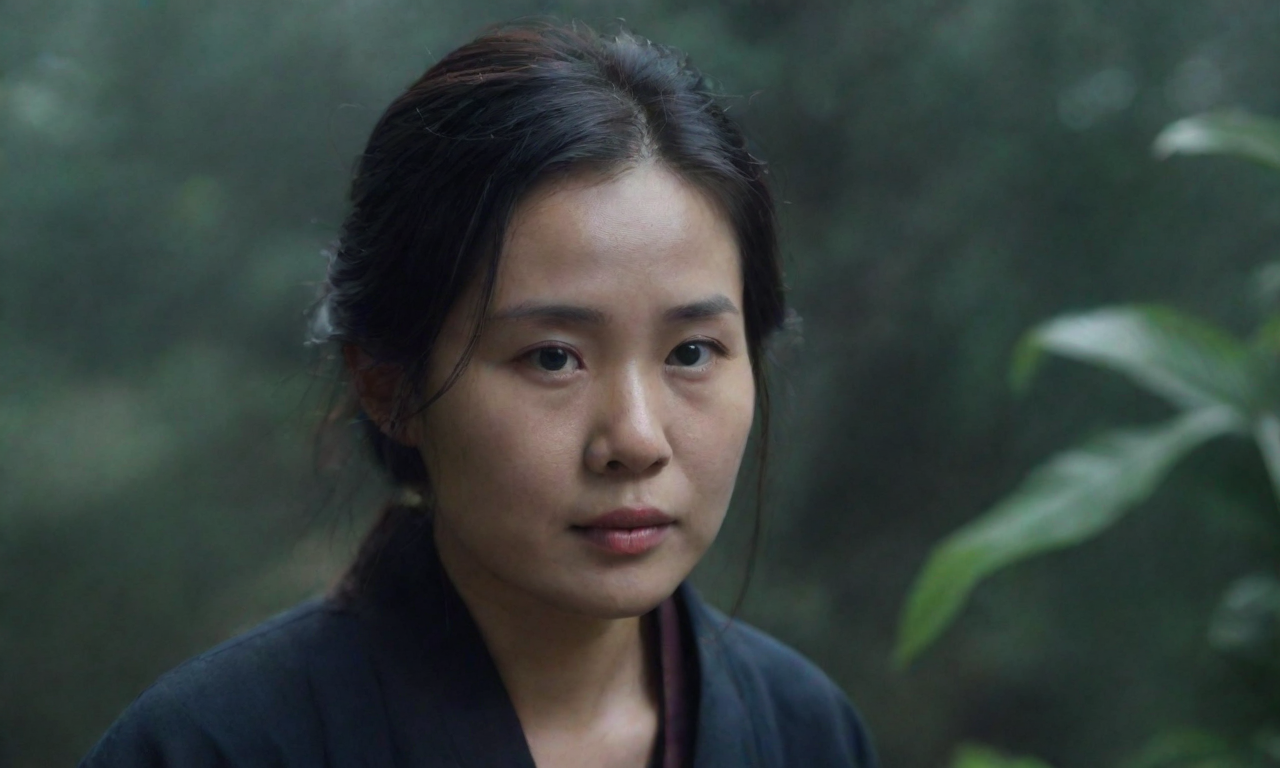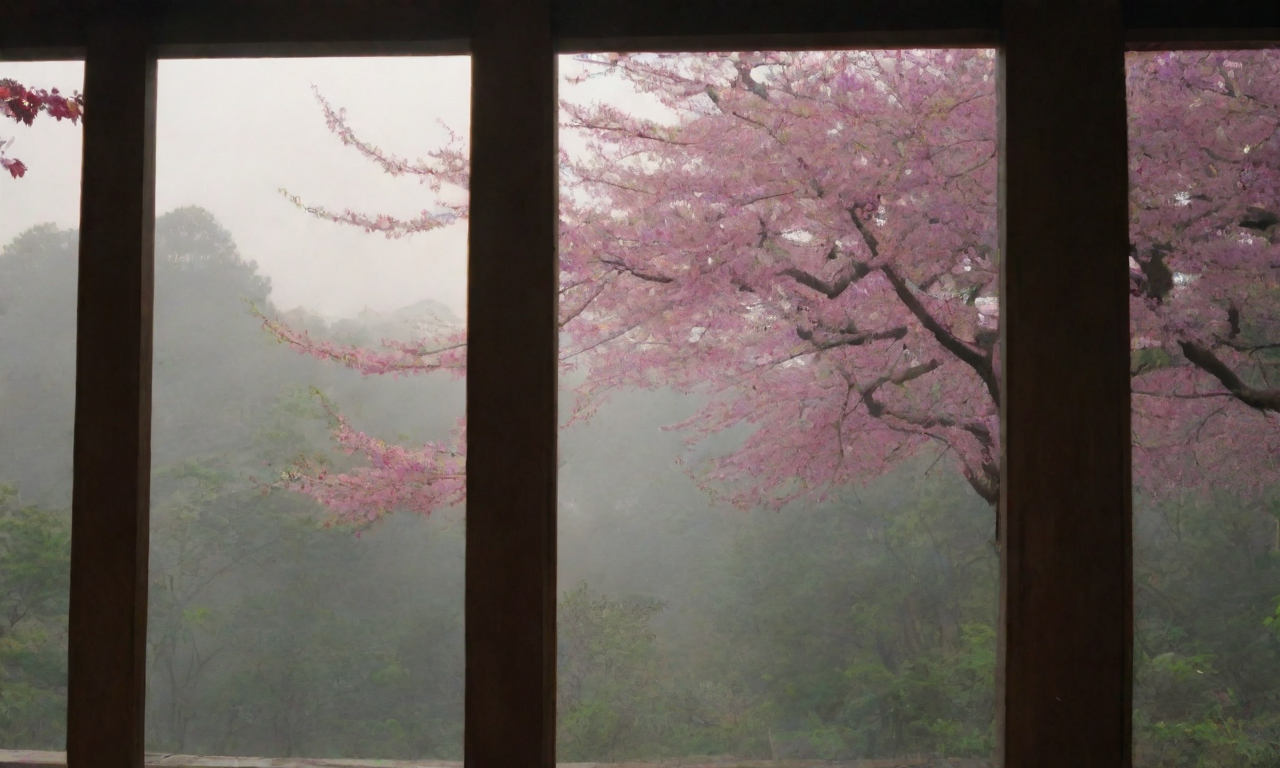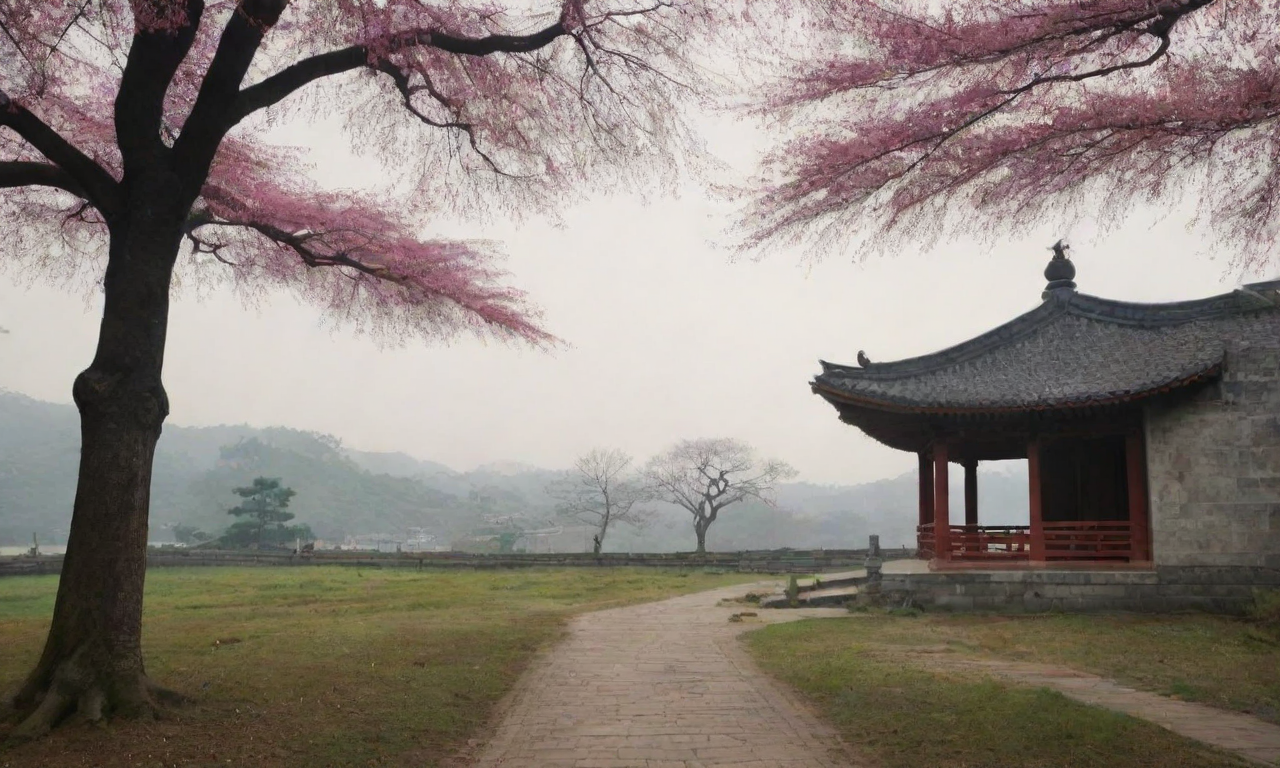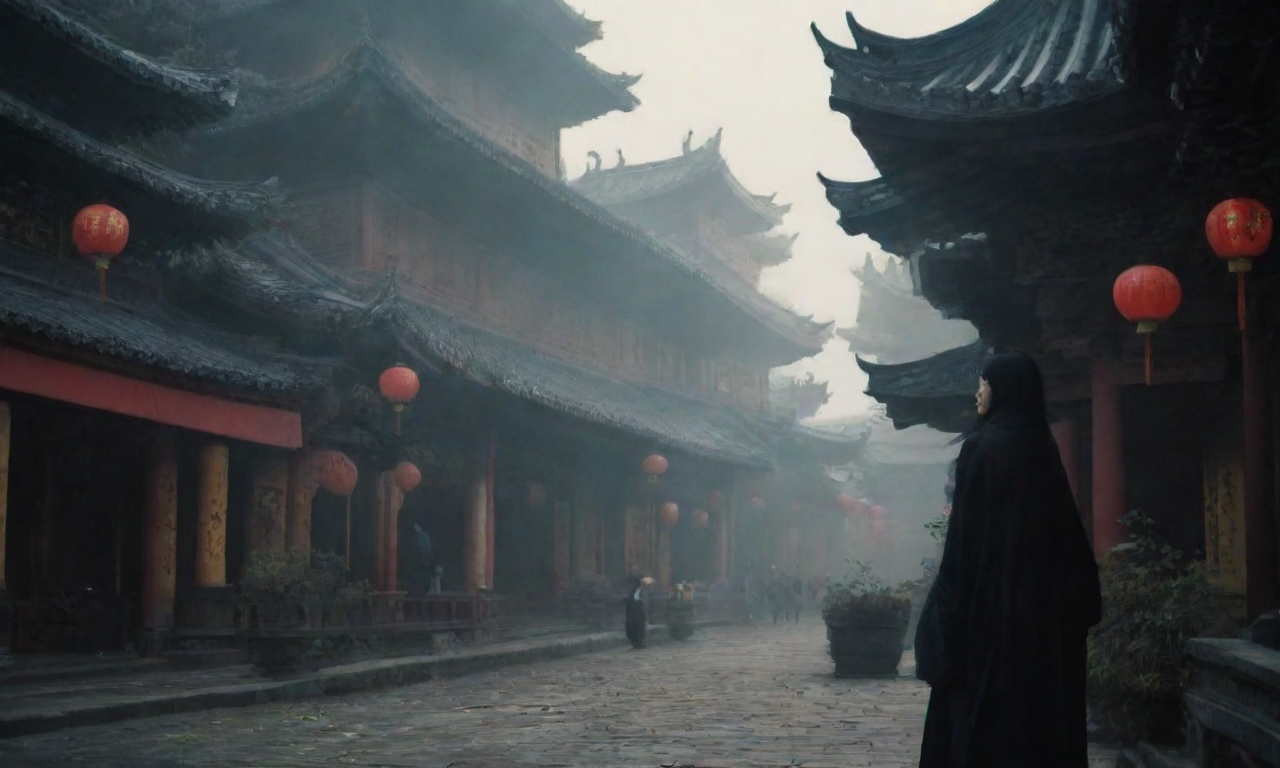By Ni Sijie, reporter from China Science Daily, and Zhang Sichen, intern
On the morning of January 10th, Beijing's Zhongguancun is no different from any other day: people are rushing by, and the traffic on the Fourth Ring Road is as congested as ever. In the cold winter, in the campus of the Institute of Mechanics, Chinese Academy of Sciences (hereinafter referred to as the Mechanics Institute), a dozen elderly people gather in front of the tombstones of Guo Yonghuai and Li Pei, offering flowers to "the most beautiful rose of the Chinese Academy of Sciences" - Mr. Li Pei. January 12th marks the 7th anniversary of Li Pei's passing.Li Pei is best known for being the wife of Guo Yonghuai, one of the founders of China's atomic and space programs, the "most beautiful rose of the Chinese Academy of Sciences," and the "mother of Chinese applied linguistics".Additionally, she has another accolade - "The guiding light of Zhongguancun".In 1956, after returning to China with Guo Yonghuai, Li Pei moved into Building 204 of the Science Source Community in Zhongguancun. They considered it their home for the rest of their lives. After returning, Guo Yonghuai served as the Vice Director of the Mechanics Institute, while Li Pei became the Deputy Director of the Western Office of the newly established China Science Academy Management Bureau (now the Administrative Management Bureau of the Chinese Academy of Sciences). They worked on different fronts.Improving the education conditions in Zhongguancun
In the early 1960s, China launched a literacy campaign. Li Pei invited the wives of returning overseas scientists to start literacy classes, promoting cultural education and mobilizing them to teach in the community to improve the cultural literacy of the masses.At that time, there was only one primary school in the Zhongguancun area, the Baofusi Bridge Primary School, which was small and had very basic facilities. Li Pei recalled, "In Zhongguancun, the number of Chinese scientific units increased rapidly, and the number of children increased. The problem of how to run a good primary school emerged. We reported this to the academy, and they fully supported it, so they built a school for the children. It was later renamed 'Zhongguancun First Primary School'."Li Pei also had multiple discussions with the principal, expressing her willingness to establish a teaching staff at the school and organize extracurricular activities for the students. Li Pei recalled the content of the classes: "There were groups for observing the weather, groups for identifying stars in the sky, and other groups related to biology and mathematics."Li WeiGe, Li Pei's secretary and deputy researcher at the Mechanics Institute, vividly remembers this. In the 1980s, the Mechanics Institute had a task of providing teaching assistance. Since Zhongguancun didn't have foreign language teachers, Li WeiGe was sent there part-time for two years to teach a few English classes every week.Li WeiGe once discussed this with Li Pei. Li Pei asked her, "Are there any extracurricular practical activities at the school now?""There is an observatory available," Li WeiGe said.Later, Li WeiGe learned that after the construction of Zhongguancun First Primary School, it was Li Pei who instructed young researchers to engage in science popularization activities at the school and establish an observatory."She always paid attention to the changes in the primary school," said Li WeiGe in an interview with China Science Daily.Li Pei dedicated her life to education. In her later years, she donated her savings of 600,000 RMB to establish the "Guo Yonghuai Scholarship" at the University of Science and Technology of China and the Institute of Mechanics, hoping to contribute to the cultivation of talents for the country.Improving the medical conditions in Zhongguancun
When Li Pei first arrived in Zhongguancun, there were only two medical orderlies from the military. There were no doctors, and it was extremely inconvenient for researchers to seek medical treatment.Li Pei recounted, "What if a child had a high fever late at night? There was no way to deal with these situations at the time. Moreover, going out at night was not possible without a car, unlike in modern times."Some family members of scientists at the Chinese Academy of Sciences had rich medical experiences. To solve the problem of difficult access to medical care, Li Pei invited them to help and established a small clinic called the "Chinese Academy of Sciences Western Gate Clinic".At that time, Wu Qiongcong, an expert at the West District Children's Hospital, was the wife of CAS scientist Guo Tingzhang. Li Pei invited her to hold clinics for two and a half days every week. Chen Fangyun, who was awarded the Medal of Merit for his contributions to China's atomic and space programs, had a father-in-law who was an internal medicine doctor. He had retired at the time, and Li Pei invited him to practice medicine at the clinic for half a day every day, expanding the range of services provided. With the approval of the Chinese Academy of Sciences, the clinic also recruited Lin Guiqiu, the wife of Sun Shangqing, a former researcher at the Institute of Economics of the Chinese Academy of Sciences and a pediatrician.Subsequently, with the support of the Chinese Academy of Sciences, Li Pei began preparing for the Zhongguancun Hospital. In 1962, the "Chinese Academy of Sciences Western Gate Clinic" was renamed the "Chinese Academy of Sciences Zhongguancun Hospital" and placed under the jurisdiction of the Haidian District Government. It was later renamed the "Beijing Zhongguancun Hospital" in 1964.







